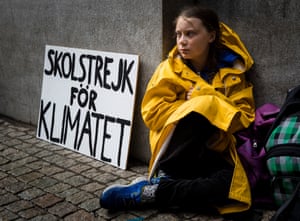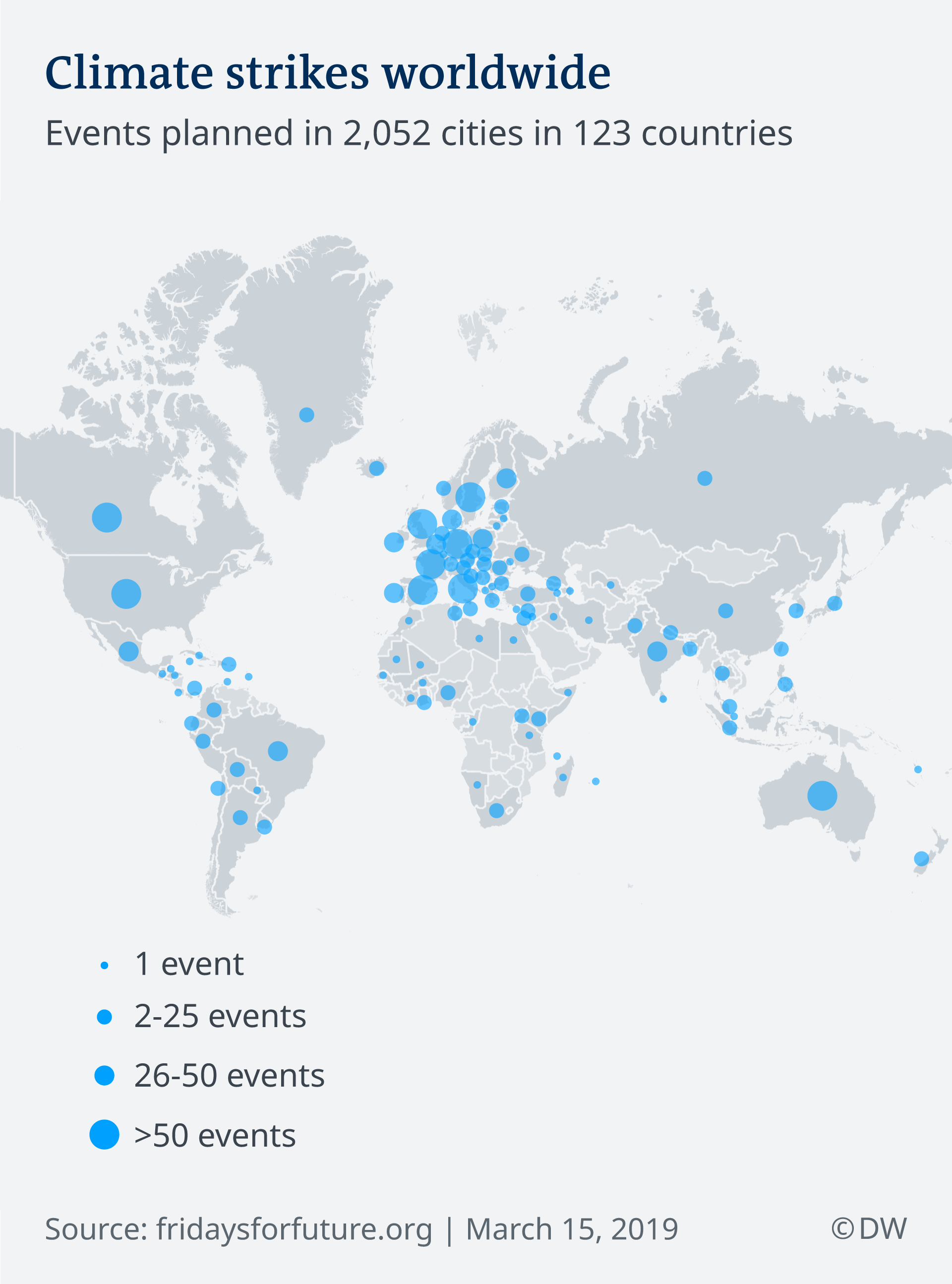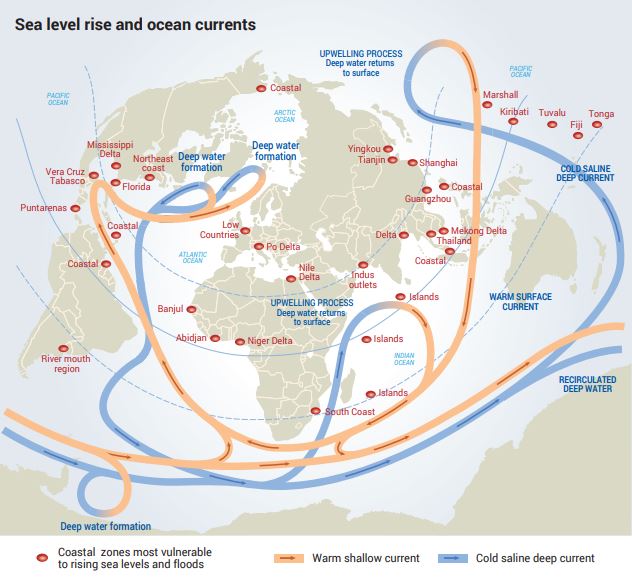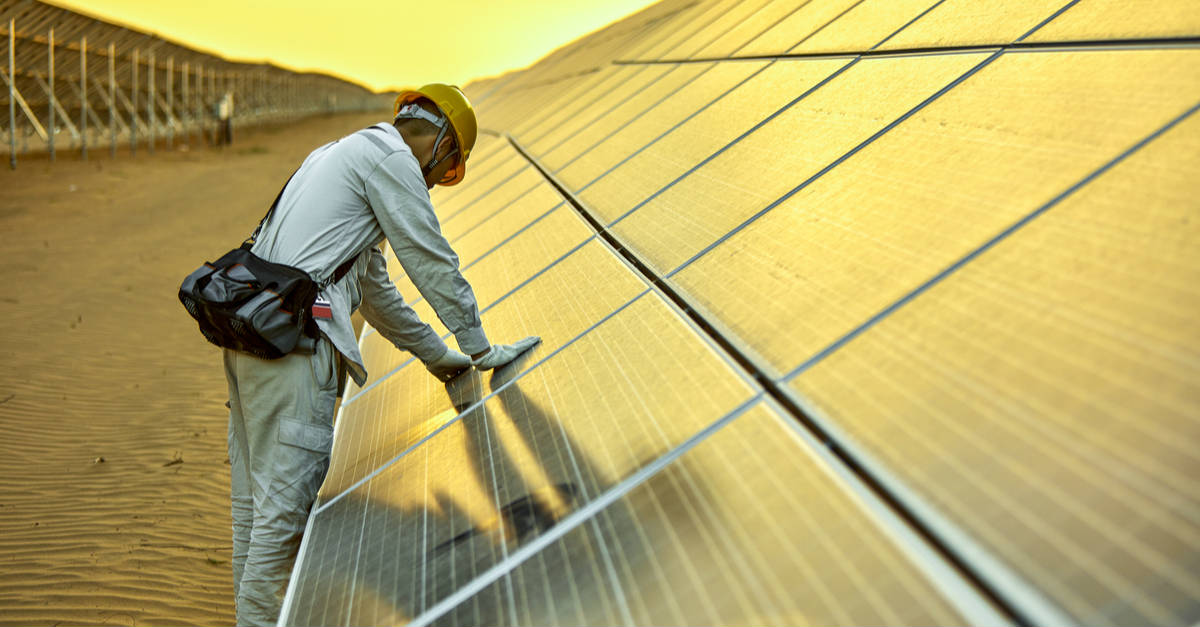As The World Burns: Hurtling Towards An Unlivable Planet
https://www.counterpunch.org/2019/03/08/as-the-world-burns-hurtling-towa...
"The media and political establishments are diddling while the planet burns. Are we really supposed to take their games seriously as humanity veers ever more dangerously off the environmental cliff? If the global warming cataclysm - already significantly underway in vast swaths of the planet - isn't averted and soon, then nothing else we care about is going to matter all that much. We'll soon be arguing about how fairly to slice up a badly overheated pie - how to turn an overcooked world upside down (or right-side up) and how to properly manage a living Hell.
But so what? The chattering and electoral classes and political gossip-peddlers divert us 24-7 with breathless 'breaking news' reports on an endless stream of supposedly bigger stories: The absurd Orwellian charge that Ilhan Omar is an anti-Semite...Nearly two years ago, CNN co-producer John Bonfield was caught on tape telling a right-wing undercover journalist that CNN president Jeff Zucker said this to his executive producers after Trump pulled out of the Paris Climate Accords: 'Good job everybody covering the climate accords, but we're done with that. Let's get back to Russia.'
Climate catastrophe? It's not a big seller..."




/https://www.thestar.com/content/dam/thestar/news/canada/2019/03/15/quebec-students-join-global-marches-to-demand-climate-change-action/climate_change_march.jpg)
/arc-anglerfish-tgam-prod-tgam.s3.amazonaws.com/public/EABY5BPGMBGXLILBRLI3AOEXWM.jpg)







/arc-anglerfish-tgam-prod-tgam.s3.amazonaws.com/public/PXSVWWUHJVCUVCBUJWMSTB2ESM)



